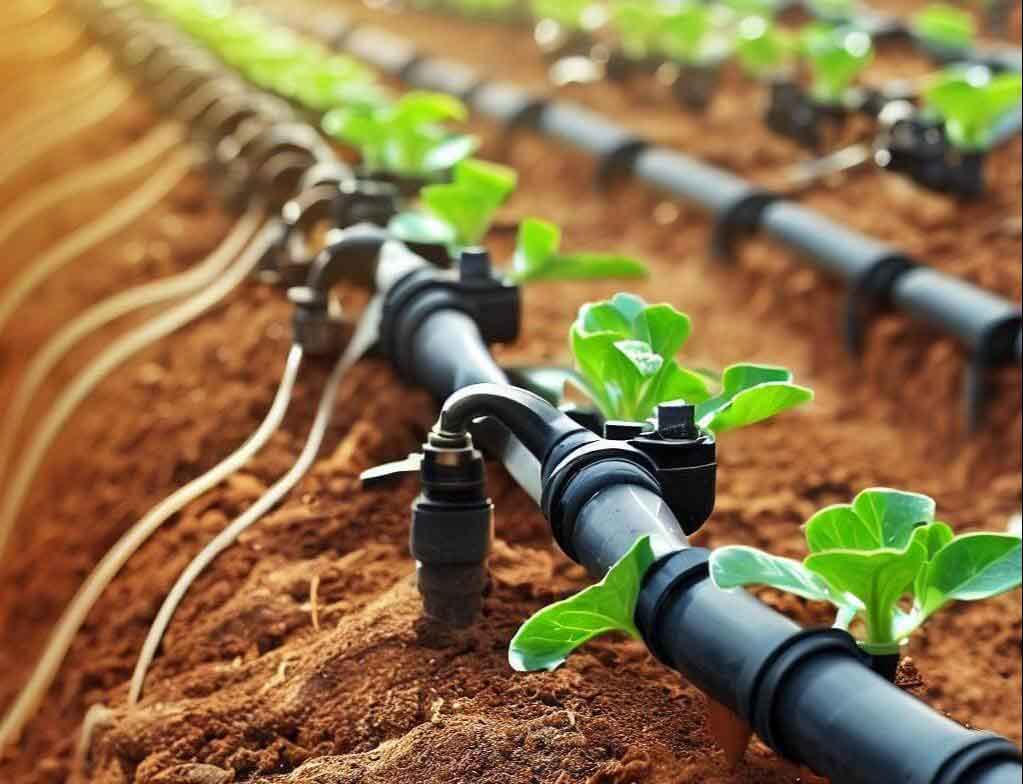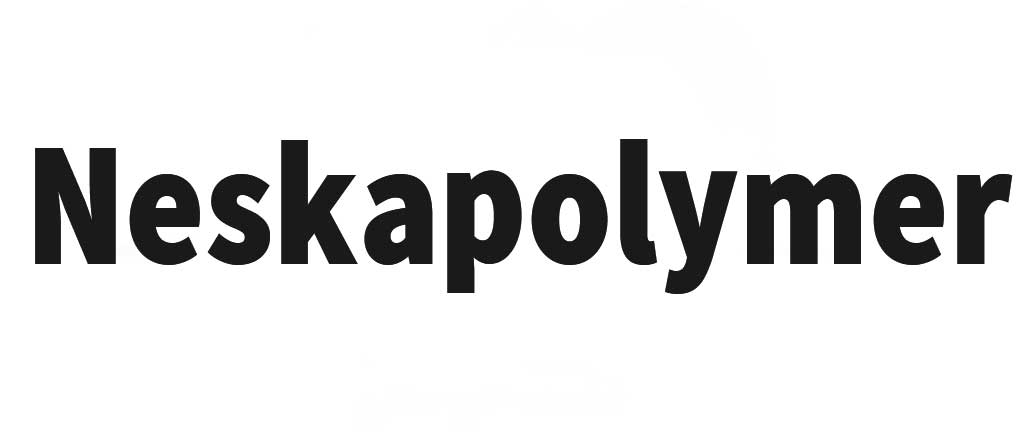
Drip Irrigation Pipe Compound: The Ultimate Guide to Quality & Performance
A deep dive into the material that defines the longevity and efficiency of your entire irrigation system.
In an era of water scarcity, high-efficiency drip irrigation is no longer a luxury—it's essential for sustainable agriculture. The success of these systems hinges on their most fundamental component: the irrigation pipes. But what makes one pipe last over a decade while another cracks and fails in a single season? The secret lies in its core material: the drip irrigation pipe compound.
This comprehensive guide will walk you through everything you need to know. We'll break down the complex science into simple terms to help you understand why choosing a high-quality compound is the most important investment you can make for your farm's long-term success.
What is a Drip Irrigation Pipe Compound?
Contrary to popular belief, drip irrigation pipes are not made from simple black plastic. They are produced from a precisely engineered formulation known as a compound. Think of it as a high-tech recipe where a base polymer is blended with a suite of essential additives to create the perfect material for the job.
A drip irrigation pipe compound is a specialized, polyethylene-based formula engineered for:
- Flexibility
- UV resistance
- Mechanical strength
- Longevity under field stress
The compound must strike a perfect balance: strong enough to resist cracking under soil pressure, yet flexible enough for farmers to roll and unroll pipes without damage. This balance is what separates premium compounds from cheaper, recycled alternatives.
The primary ingredients in this critical recipe include:
- Base Polymer: The foundation, typically Linear Low-Density Polyethylene (LLDPE).
- Carbon Black Masterbatch: For critical protection against ultraviolet (UV) radiation.
- Antioxidant Package: To prevent heat degradation during manufacturing and throughout the pipe's service life.
- Processing Aids: To ensure a smooth, uniform pipe surface during production.
Key Components of a High-Quality Irrigation Pipe Compound
Understanding what goes into the compound reveals the difference between a premier product and a low-cost liability.
The Polymer Backbone: LLDPE vs. LDPE
The choice of base polymer dictates the pipe's fundamental mechanical properties.
- Linear Low-Density Polyethylene (LLDPE): This is the industry standard for high-quality drip irrigation pipes. Its linear molecular structure provides significantly higher tensile strength and puncture resistance—essential for withstanding installation stress and contact with abrasive soil.
- Low-Density Polyethylene (LDPE): While more flexible, LDPE lacks the toughness of LLDPE. Some manufacturers blend it to balance flexibility and strength, but a pure, high-grade LLDPE foundation is superior for durability.
Farmers in hot regions like the Middle East or Africa should always prioritize LLDPE-based pipes, since LDPE-only pipes often fail within 2–4 years under extreme sunlight exposure.
Carbon Black: The UV Shield
UV radiation from the sun is the number one enemy of any outdoor plastic, causing it to become brittle and crack. This is where carbon black comes in.
However, not all black pipes are created equal. Two factors are critical for effective UV resistance:
- Correct Percentage (2.0% - 2.5%): International standards (like ISO) mandate this range. Too little, and the pipe is vulnerable; too much, and its mechanical properties can be compromised.
- Excellent Dispersion: More important than the percentage is how evenly the carbon black particles are distributed. Poor dispersion creates microscopic weak points, leading to premature stress cracking. A top-tier compound ensures a nanometric, uniform dispersion.
Pipes may look black on the outside, but poor dispersion of carbon black creates invisible weak spots. These “micro-cracks” may not be visible but can shorten the pipe’s life by half. Always demand a dispersion report from your supplier.
Antioxidants: Defenders Against Heat & Aging
The manufacturing process exposes the polymer to extreme heat (180-220°C), which can initiate degradation. This aging process continues slowly over the pipe's lifetime. An optimized antioxidant package is essential to combat this. It acts as a defense mechanism, ensuring the pipe material remains stable during production and for years to come in the field. The effectiveness of this package is measured by a key quality test: the Oxidative Induction Time (OIT).
A farmer may not know about “OIT,” but this single test often predicts whether a pipe will last 3 years or 15 years.
Processing Aids: The Hidden Helpers
These additives ensure smooth extrusion during manufacturing, giving pipes a uniform surface that resists clogging and abrasion.
A smooth inner surface reduces friction, allowing water to flow evenly and preventing sediment buildup inside emitters.
Virgin vs. Recycled Compound: A Critical Decision for Longevity
When selecting a drip irrigation pipe material, this is the most important choice you will make.
1. Virgin-Based Compounds
These are produced using 100% new, first-grade polyethylene directly from petrochemical sources, combined with high-quality additives.
- Advantages: Predictable quality, superior mechanical strength, maximum UV resistance, and a long service life (10-15+ years).
- Disadvantages: Higher initial cost.
2. Recycled-Based Compounds
These compounds incorporate a percentage of recycled plastic waste. While appealing in price, they come with significant risks.
- Advantages: Lower price point.
- Disadvantages: Inconsistent quality, weaker mechanical properties, shorter lifespan (2-5 years), and a high risk of emitter clogging due to impurities.
|
Feature Comparison |
Virgin-Based Compound |
Recycled-Based Compound |
|
Quality & Consistency |
Very High & Stable |
Variable & Unpredictable |
|
Mechanical Strength |
Excellent |
Moderate to Poor |
|
Expected Lifespan |
Long (10+ years) |
Short (2-5 years) |
|
UV Resistance |
Very High |
Moderate |
|
Emitter Clogging Risk |
Very Low |
High |
|
Price |
Higher |
Lower |
Professional Recommendation: For any serious agricultural project, the initial savings from a recycled-based compound are quickly erased by the high costs of premature replacement, crop loss, and water waste. Investing in a virgin-based compound is unequivocally the smarter financial and operational decision.
How to Choose the Best Drip Irrigation Pipe Compound
As a buyer, you have the power to demand quality. Here’s your checklist:
- Request the Technical Data Sheet (TDS): A reputable manufacturer will always provide this.
- Demand Transparency: Ask if the compound is 100% virgin material.
- Check the OIT Value: For hot climates, an OIT value of over 20 minutes (at 200°C) is a minimum standard for longevity. Higher values (30-40 mins) indicate superior quality.
- Ask for a Carbon Black Dispersion Report: Top-tier suppliers can provide microscopic proof of their dispersion quality.
- Consider the Manufacturer's Reputation: Partner with suppliers who have robust quality control labs and a proven track record.
Conclusion: Quality at the Molecular Level, Profitability in the Field
The drip irrigation pipe compound is far more than just a raw material; it's the foundation upon which the efficiency, sustainability, and profitability of your irrigation system are built. Choosing a cheap, low-quality compound is a false economy that leads to long-term headaches.
Investing in virgin-based, premium-quality compounds is not just about durability—it’s about securing higher yields, lower maintenance, and sustainable water use. In regions facing drought, this decision becomes critical not only for farms but for future food security.
Final Note for Buyers: Always remember—quality begins at the molecular level and delivers results in the field level.
Frequently Asked Questions (FAQ)
Q1: What is the real lifespan of a pipe made from a high-quality compound?
A: With a premium, virgin-based LLDPE compound and proper installation, a service life of 10 to 15 years, and sometimes even longer, is a realistic expectation.
Q2: Can any black polyethylene pipe be used for drip irrigation?
A: Absolutely not. Standard black pipes (e.g., for potable water mains) are designed for different pressures and conditions. They lack the specific flexibility and the advanced UV and antioxidant protection required for surface-level drip irrigation applications. Using the correct, specialized compound is essential.
Q3: What does the OIT test for plastics really mean?
A: The Oxidative Induction Time (OIT) test measures how long a material can resist thermal degradation in the presence of oxygen at a high temperature. A longer OIT time directly correlates to a longer service life for the pipe in real-world conditions.

هیچ دیدگاهی برای این مطلب ثبت نشده است.